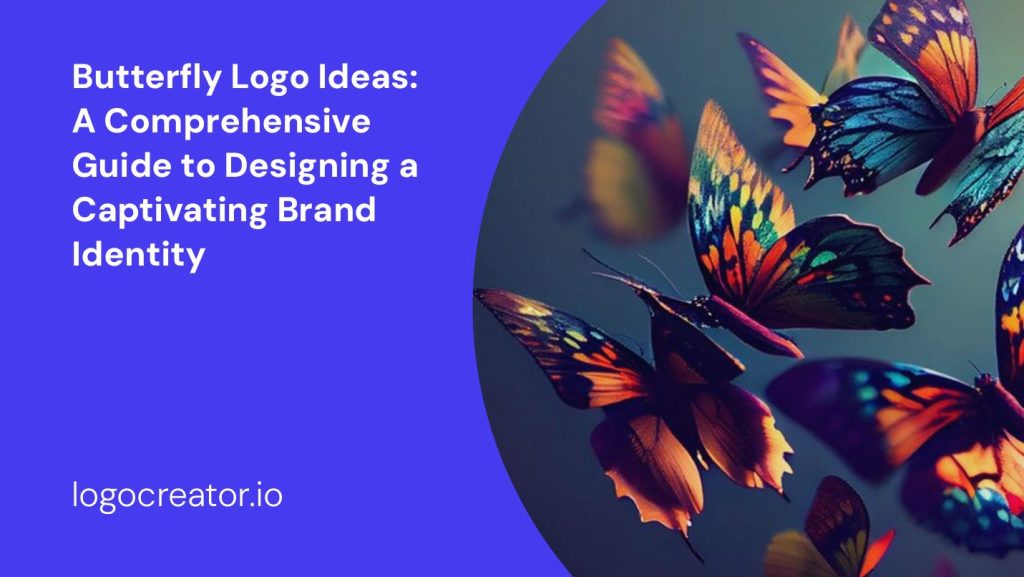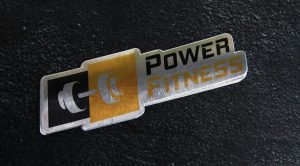Are you looking to create a visually appealing and memorable logo for your brand? Incorporating a butterfly into your logo design can be an excellent choice. Butterflies are universally recognized symbols of transformation, freedom, and beauty, making them ideal for capturing the essence of your brand. In this guide, we will explore various butterfly logo ideas, providing you with inspiration and practical tips to create a captivating and meaningful brand identity.
Understanding the Symbolism of Butterflies
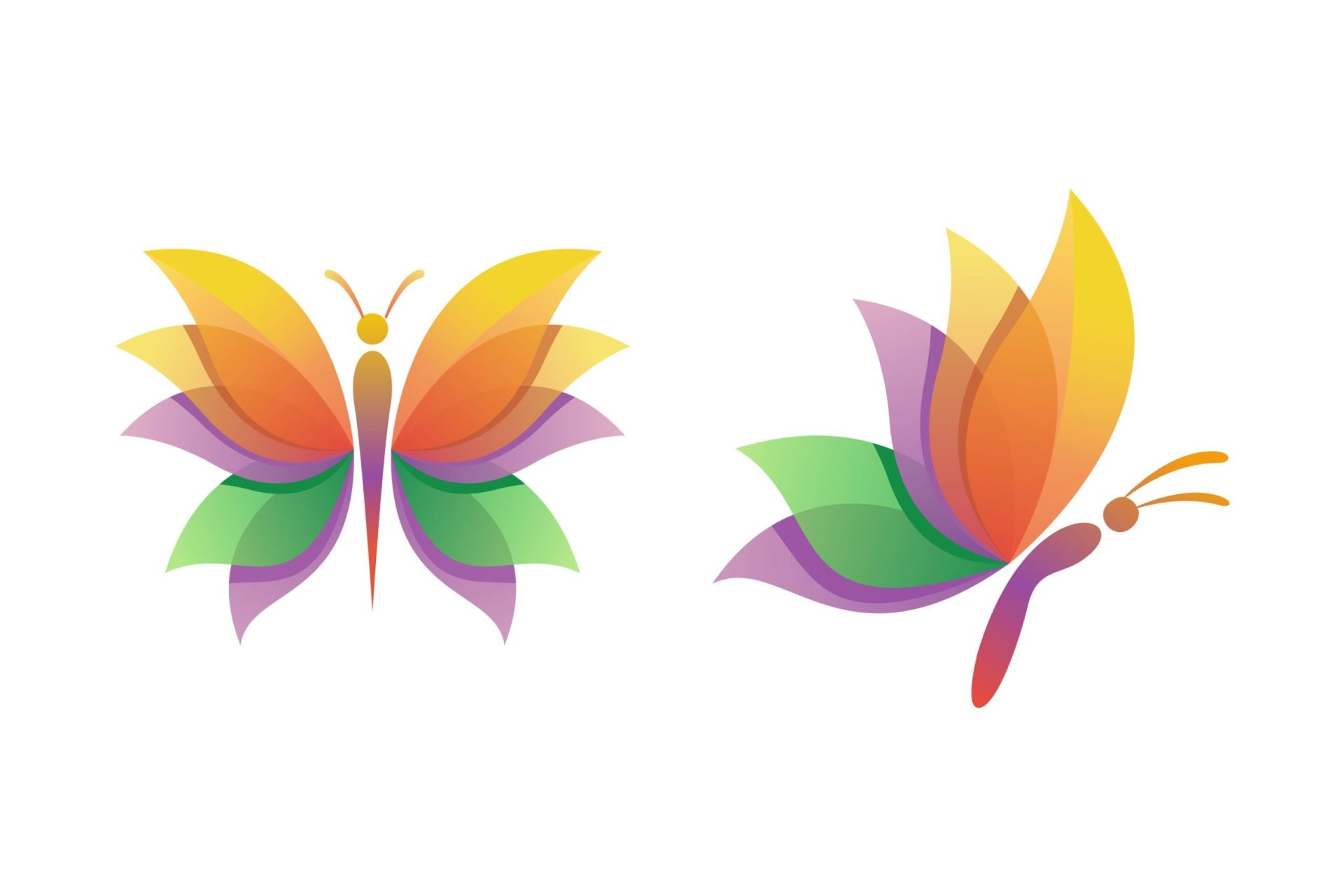
Before delving into the world of butterfly logo design, it’s essential to understand the symbolism associated with these enchanting creatures. Butterflies are often viewed as representations of transformation, growth, and freedom. Their ability to undergo metamorphosis, from a caterpillar to a vibrant butterfly, resonates with the idea of personal and brand evolution.
Additionally, butterflies are associated with beauty, delicacy, and grace. Their colorful wings and intricate patterns symbolize the aesthetic appeal that can be incorporated into your logo design. By incorporating a butterfly into your logo, you can convey a sense of elegance, positivity, and allure.
Choosing the Right Butterfly Species for Your Logo
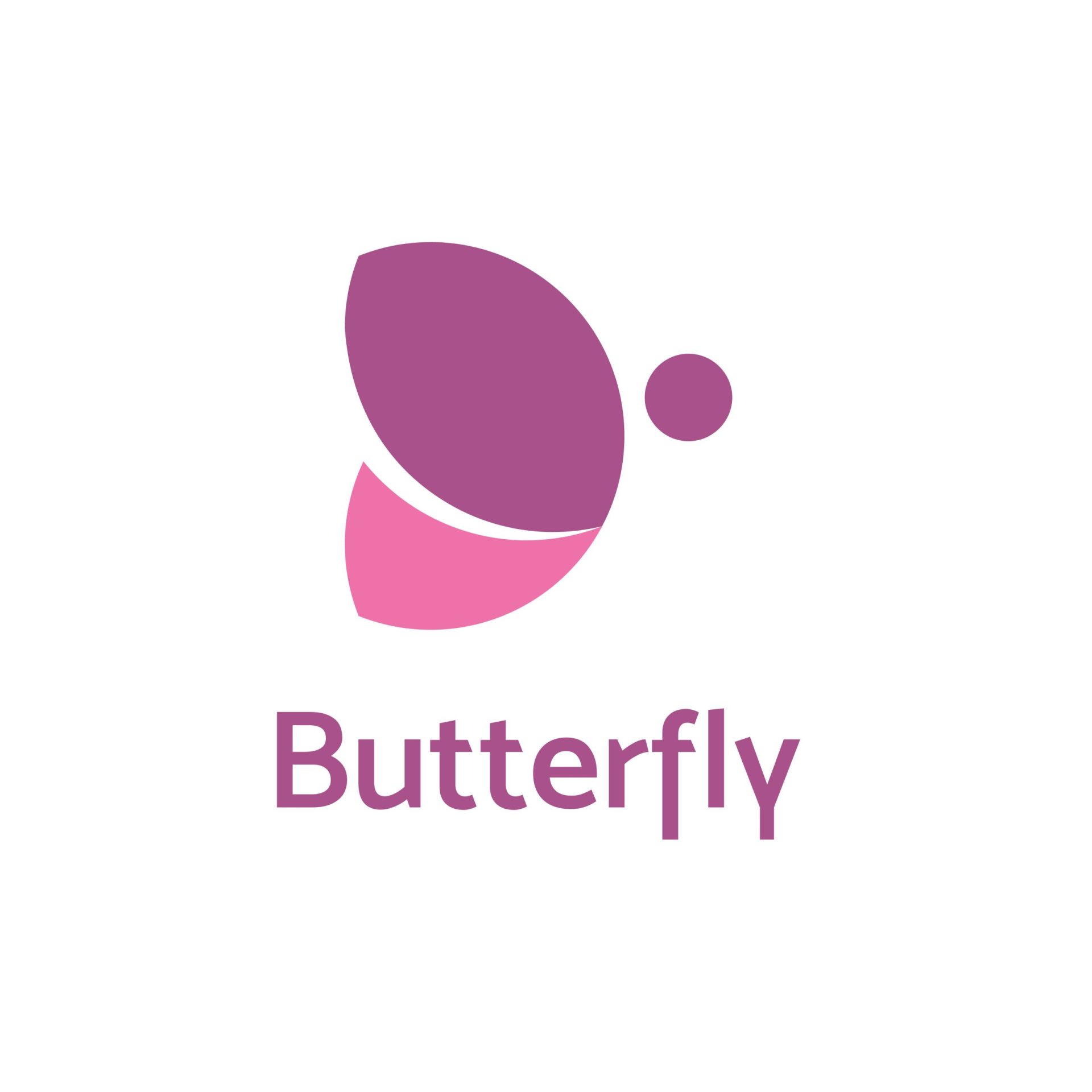
When selecting a butterfly species for your logo, it’s essential to consider its characteristics and the message you want to convey. Different butterfly species possess distinct patterns, colors, and symbolism, allowing you to choose one that aligns with your brand’s values. Here are a few popular butterfly species and their associated meanings:
1. Monarch Butterfly
The Monarch butterfly is known for its striking orange and black wings. It symbolizes transformation, power, and endurance. If your brand focuses on personal growth, change, or empowerment, incorporating a Monarch butterfly into your logo can be a powerful choice.
2. Swallowtail Butterfly
Swallowtail butterflies are renowned for their vibrant colors and unique wing patterns. They represent joy, vibrancy, and creativity. If your brand aims to evoke feelings of happiness, inspiration, or artistic expression, a Swallowtail butterfly logo could be an excellent fit.
3. Blue Morpho Butterfly
Blue Morpho butterflies are famous for their mesmerizing iridescent blue wings. They symbolize beauty, grace, and mystique. If your brand values elegance, sophistication, or a touch of enchantment, a Blue Morpho butterfly logo can be a visually captivating choice.
4. Painted Lady Butterfly
Painted Lady butterflies are known for their delicate and intricate wing patterns. They represent transformation, adaptability, and resilience. If your brand focuses on personal growth, adaptability, or overcoming challenges, incorporating a Painted Lady butterfly into your logo can effectively convey these values.
By understanding the symbolism associated with different butterfly species, you can select the one that best aligns with your brand’s message and resonates with your target audience.
Incorporating Butterfly Elements into Your Logo Design
Once you have chosen a butterfly species for your logo, it’s time to explore various design elements to create a captivating and meaningful brand identity. Here are some ideas for incorporating butterfly elements into your logo design:
1. Simplified Butterfly Silhouette
A simplified butterfly silhouette can be an elegant and versatile choice for your logo design. By reducing the butterfly’s intricate details and focusing on its distinctive shape, you can create a timeless and easily recognizable logo. This minimalist approach works well for brands aiming for a clean and modern aesthetic.
2. Abstract Butterfly Wings
Consider incorporating abstract butterfly wings into your logo design. This approach allows for creative interpretation and experimentation with colors, shapes, and textures. Abstract butterfly wings can be a powerful representation of transformation and creativity, adding depth and intrigue to your logo.
3. Incorporating Nature Elements
To create a visually stunning logo, consider combining the butterfly with elements from its natural habitat. Adding flowers, leaves, or other elements can enhance the overall design and convey a sense of harmony and interconnectedness. This approach works particularly well for brands in the natural or eco-friendly industries.
4. Playful and Whimsical Designs
If your brand caters to a younger audience or focuses on playful and whimsical products or services, consider incorporating a whimsical butterfly design. This can involve exaggerating the butterfly’s features, adding vibrant colors, or even anthropomorphizing the butterfly. Let your imagination run wild and create a logo that sparks joy and excitement.
Choosing Colors for Your Butterfly Logo
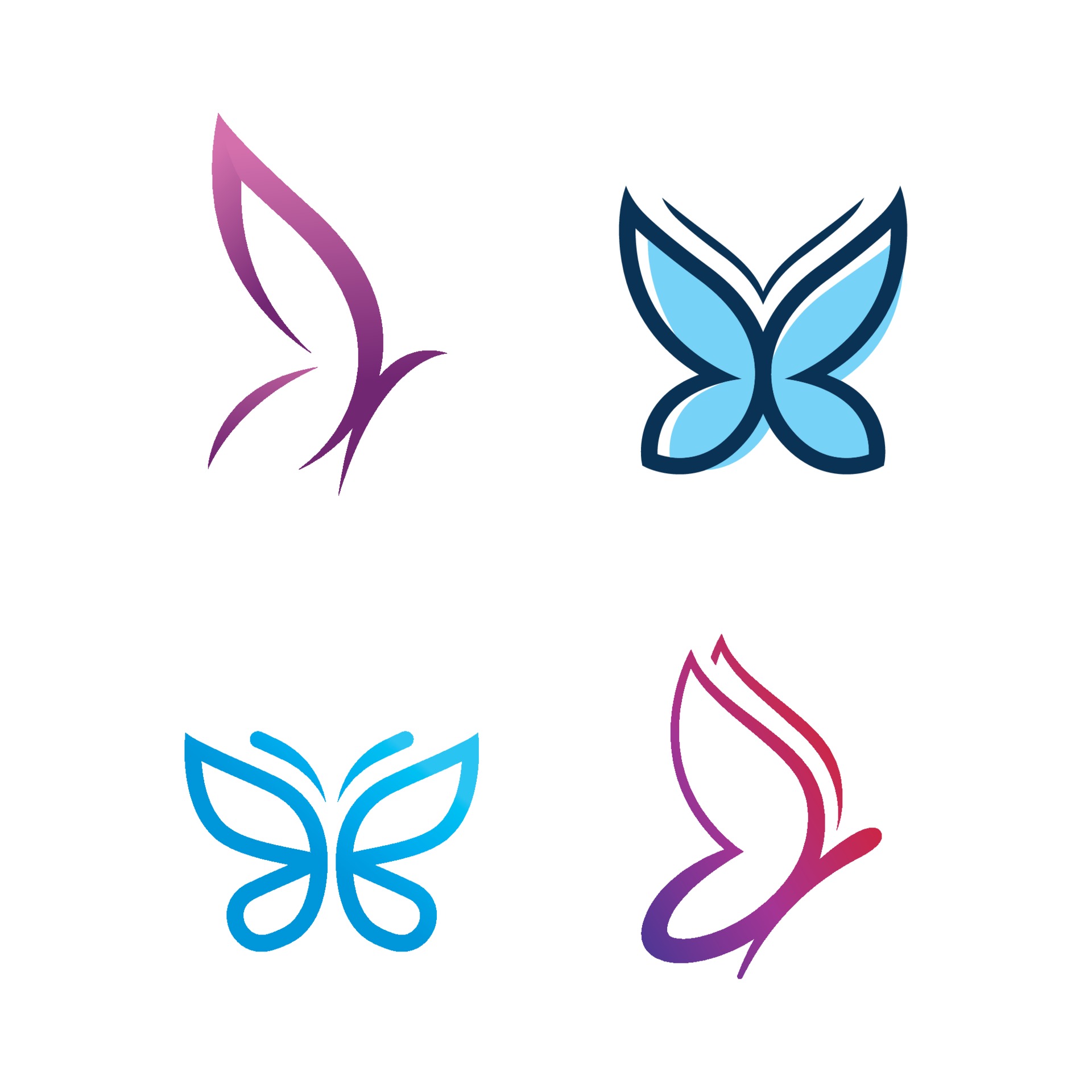
Color plays a crucial role in logo design, evoking emotions and conveying brand personality. When selecting colors for your butterfly logo, consider the following factors:
1. Butterfly Wing Colors
Drawing inspiration from the colors of your chosen butterfly species is a great starting point. By incorporating the authentic colors found in nature, you can create a visually appealing and authentic logo design. However, don’t be afraid to experiment with variations and combinations to make your logo unique.
2. Brand Personality and Target Audience
Consider your brand’s personality and the emotions you want to evoke in your target audience. Vibrant colors such as oranges, yellows, and blues can convey energy, positivity, and dynamism. Softer pastel shades like pinks, purples, and light blues can evoke a sense of tranquility and elegance. Choose colors that align with your brand identity and resonate with your target audience.
3. Color Psychology
It’s essential to understand the psychological impact of different colors when designing your logo. For example, greens can symbolize growth, health, and balance, while blues can evoke trust, stability, and reliability. Research color psychology and select colors that reinforce the desired emotional response and perception of your brand.
Remember, striking the right balance between colors is crucial to ensure your logo is visually appealing and cohesive.
Typography and Font Selection
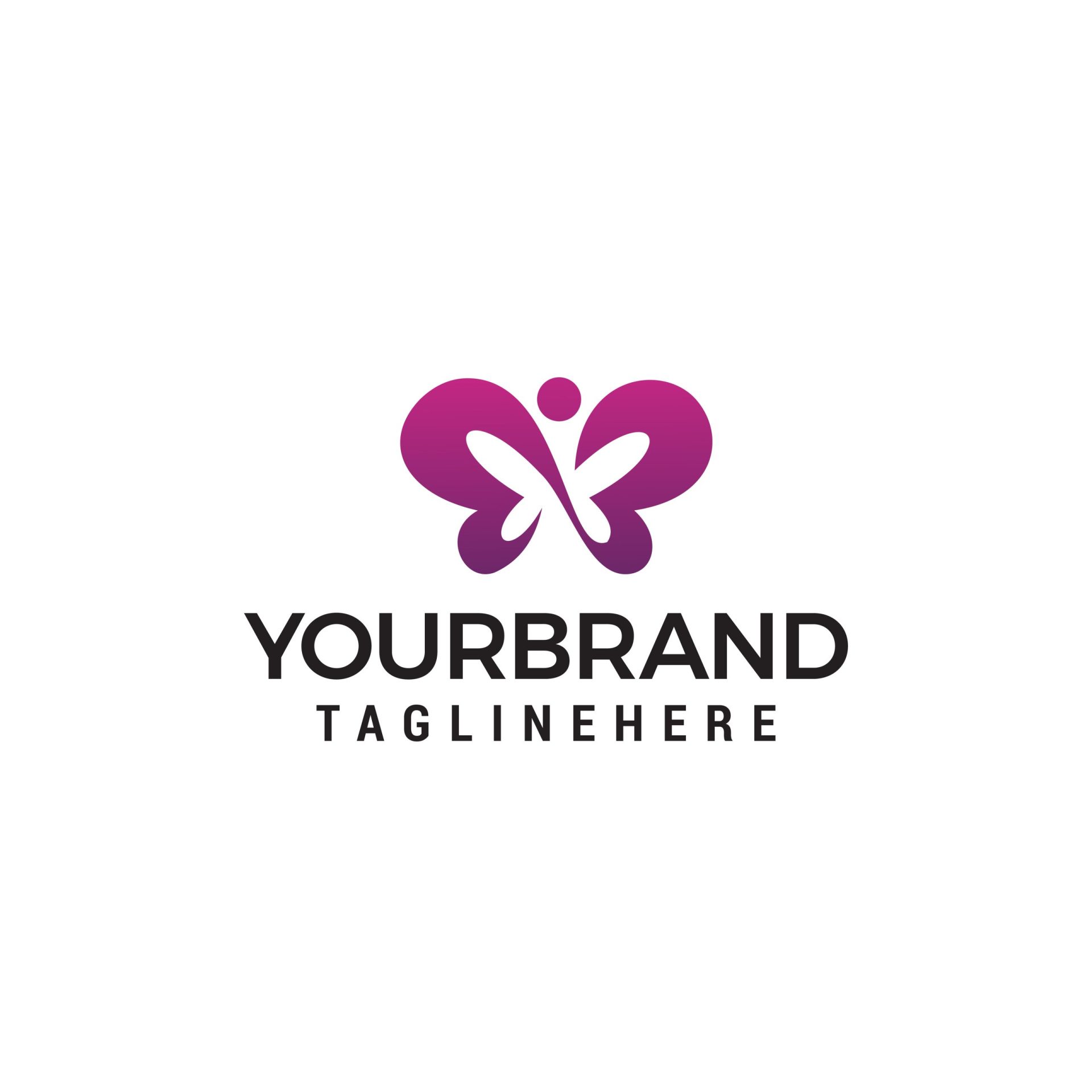
In addition to the butterfly element, typography plays a vital role in creating a cohesive and impactful logo design. Here are some tips for selecting fonts that complement your butterfly logo:
1. Readability
Ensure the chosen font is easily readable across different mediums and sizes. Avoid overly intricate or decorative fonts that may compromise legibility. Simplicity and clarity are key.
2. Font Styles
Consider the overall style and personality of your brand when selecting fonts. Serif fonts can convey elegance, tradition, and professionalism, while sans-serif fonts often evoke modernity, simplicity, and informality. Experiment with different font styles to find the one that best complements your butterfly logo.
3. Customization
Consider customizing fonts to add a unique touch to your logo. Modifying a font’s shape or adding small design elements can help your logo stand out and reinforce your brand identity. However, be cautious not to overdo it, as excessive customization can lead to a cluttered or confusing design.
Final Thoughts
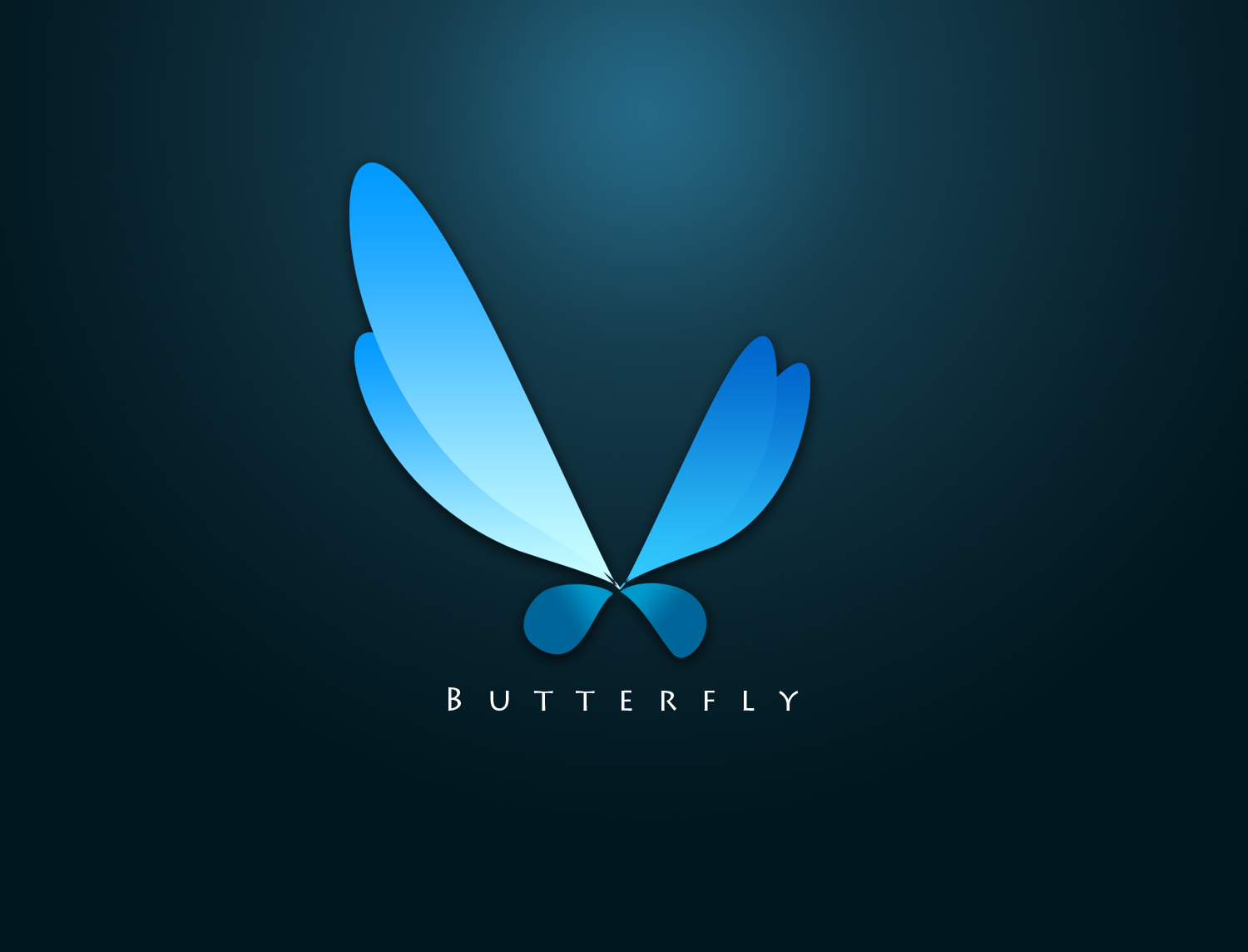
Designing a captivating butterfly logo requires careful consideration of the butterfly species, design elements, colors, typography, and brand personality. By understanding the symbolism associated with butterflies and incorporating these elements into your logo design, you can create a visually stunning and meaningful brand identity.
Remember, a well-designed logo serves as a powerful tool to communicate your brand’s values, evoke emotions, and establish a strong connection with your target audience. Embrace the beauty and symbolism of butterflies to create a logo that truly represents the essence of your brand and captivates your audience’s attention.
Barry Edwards is a digital marketing expert with a deep understanding of content strategy, logo, and branding principles. Holding a Bachelor’s degree in Marketing from Beaconhill College, he offers valuable insights on digital marketing trends and strategies through his writing. Follow Barry’s work to stay updated on the latest in online marketing and branding.
